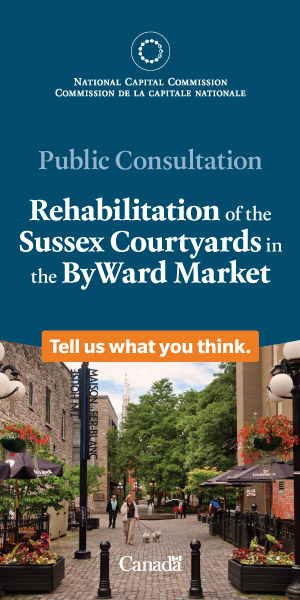by Xavier Kataquapit

When you take part in a traditional Pow Wow, the first thing you notice is the rhythmic beat of the drum. It is difficult to miss the deep resounding pulse of the drumbeat. When it is played, it fills the air with an energy that attracts people to move closer to the sound. It quiets the noise of everyday life and takes over the environment and demands that everyone listen. When a traditional group of performers are playing this ancient instrument, the beat is almost hypnotic. It clears your mind instantly of any thoughts, worries and anxieties.
Traditional people describe the drum as representing Mother Earth and it is her heartbeat that is heard when the drum is played. The traditional drum is also symbolic as the mother, as when we are infants inside a womb, the heartbeat of the mother is the first sound we hear. The drum is a sacred object that is represented and respected as if it were alive. It is described as having its own unique voice or sound and it is believed to have its own spirit. As part of this belief, there are many types of ceremonies performed by different Native groups to ‘awaken’ the drum before it is played. When the drum is used there are ceremonies and prayers that are given by the drum-keeper and the drummers before an event. When the drum is not in use it is stored in a respectful manner and it is not treated as an object of admiration or status but rather as a symbol of spirituality.
The shape of the drum is also thought to hold great symbolism to traditional people. The circle is believed to represent a great deal of spirituality as it is seen as a perfect shape. The circle is represented through numerous traditional teachings such as the circle of life, the cycle of the seasons and the shape of heavenly objects such as the sun and moon.
The drum in human history is thought to be one of the oldest musical instruments that has ever been created by man. This instrument is common in many traditional cultures and it is often one that is rooted in deep history when societies were once closely connected to the land and the elements.
In many early cultures the drum was used as a tool of war. The drum was used a means to drive fear into the enemy and to excite and give energy to a marching army. It was also thought to be a way of spreading communications in the midst of a noisy battle. A drum could be heard by everyone and it was used to direct forces to move forward, retreat or conduct other maneuvers. Through the culture of war and its use as a military weapon, the drum was turned into an instrument of competition and so it developed into newer forms where it could be represented in many different ways. The English, Scottish, Irish and other European countries developed many types of organized music based on the sound of the marching drum.
In other cultures all over the world, the rhythmic sound of the drum or the beating of a percussion instrument is the basis for just about every type of music. Whenever someone is singing or a group of people are playing several instruments, they are following a single beat in the background that is guiding their playing. The beat may change or vary but is always there to lead the other instruments.
In recent years, the basic drumbeat seems to finding its way back to people from all sorts of backgrounds. In cities and towns all over, I see groups of people coming together to hold communal drumming sessions in parks or public places. These sessions are great stress relievers and events that allow people to come together to perform a simple task that is self-satisfying and easy to do. Physically, the energy that is felt when drumming actually activates natural biochemicals that provide many positive effects to the body and mind of a person.
There is nothing like the feeling you get when you are standing near a drum played by a group of traditional First Nation drummers. When an experienced group is playing, they can move and direct your feelings in so many ways. At first, it captivates you, then it may surprise you or bring a simple calm to your soul but all the while it leaves you mesmerized and relaxed as the rest of the world diminishes.
Sometimes as I fall to sleep, I can hear the pulse of my heart in the silent dark. It reminds me of the drum and it makes me realize how such an instrument has become so powerful in our lives. What better way to represent music than by imitating the sound of our own hearts. It is a sound and an idea we can all relate to. It is a beat we can all dance to. In that way it brings us all together.

















